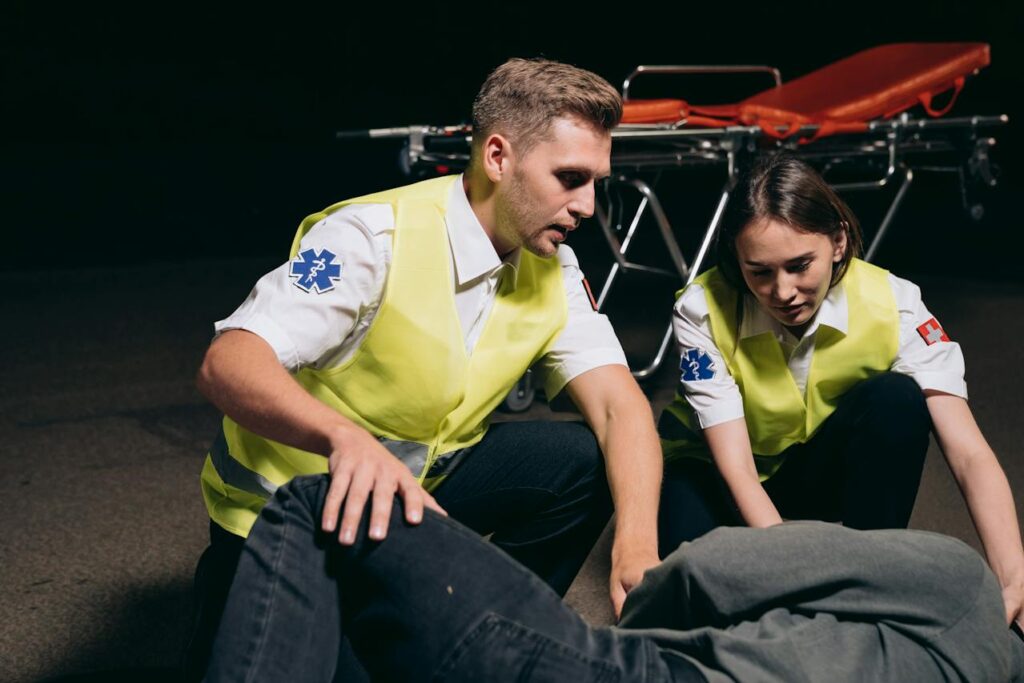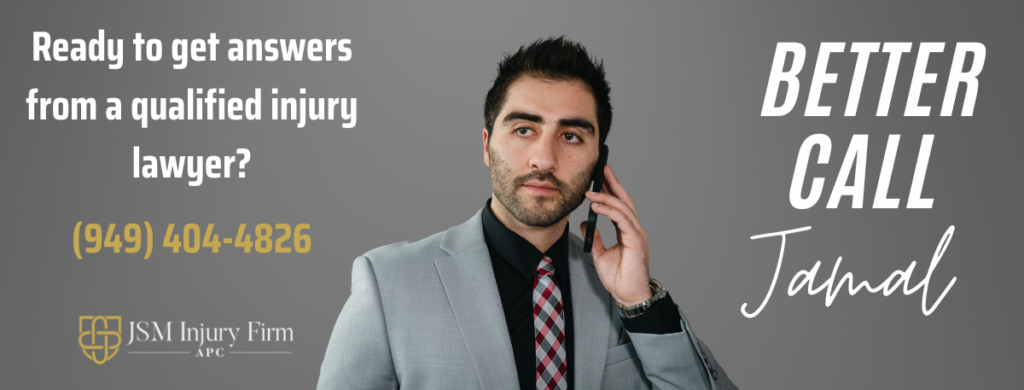Negligence is a fundamental legal concept that plays a crucial role in personal injury cases. In the state of California, understanding the various types of negligence and how they apply in different situations is essential for both legal professionals and the general public. This article explores the different types of negligence and their applications in various scenarios within the jurisdiction of California.
In personal injury law, states follow different doctrines concerning negligence and liability. In California, the concept of comparative negligence holds significant sway. According to California Civil Code section 1714, the degree of fault directly influences the liability of the at-fault party, ensuring a proportional distribution of responsibility.
In practical terms, if an injured party shares some responsibility for an accident due to their own negligence, their compensation award is adjusted accordingly in California. Even if a plaintiff is 90% at fault, they can still recover 10% of the compensation award. For instance, if a plaintiff is found to be 25% at fault in a car accident, they would receive $75,000 out of a $100,000 award ($100,000 minus $25,000, or 25%).
What are the Types of Negligence?

Negligence laws in the U.S. differ by state. Contributory negligence bars recovery in some states, but most, like California, use comparative fault laws for fairness. Gross negligence leads to punitive damages, while vicarious negligence holds parties responsible for others’ actions. Negligence per se simplifies cases by deeming defendants negligent based on the act itself.
Contributory Negligence: A Harsh Approach Elsewhere
In certain states following contributory negligence laws, any degree of negligence on the part of the plaintiff can completely bar them from financial recovery. Even if the defendant is predominantly responsible for the accident, the plaintiff may not receive any damages if contributory negligence is proven.
Fortunately, most states, including California, have transitioned to comparative fault laws, which provide a more equitable approach. However, some states combine elements of both doctrines, setting a maximum percentage of fault (often 49% to 51%) before the plaintiff loses the right to recovery.
Gross Negligence: A Severe Breach of Trust
Gross negligence represents a severe form of negligence, signifying reckless behavior, a wanton disregard for others’ safety, or even an intent to cause harm. Instances such as drunk driving, falling asleep behind the wheel, or performing surgery on the wrong patient fall under this category. In cases involving gross negligence resulting in serious injuries, judges may award punitive damages, punishing the defendant for their particularly egregious actions.
Vicarious Negligence: Accountability Beyond Individuals
Vicarious negligence, or vicarious liability, refers to one party’s accountability for the actions of another. This type of negligence often arises in accidents involving employees. For example, if a bus driver causes an accident while texting and driving, the bus company could be held vicariously liable for the driver’s negligence. Similarly, vicarious negligence can apply to parents with minor children or pet owners with their pets. Understanding vicarious liability is crucial for victims when determining the correct defendant to name in their claim.
Negligence Per Se: Simplifying the Legal Battle
Negligence per se, a doctrine that deems a defendant negligent without further proof, simplifies the legal process. This concept asserts that the act itself is inherently negligent, eliminating the need for additional evidence of wrongdoing.
While California courts rarely allow plaintiffs to employ the negligence per se argument, it may be applicable in cases involving violations of the law. If someone’s violation of a law, such as drunk driving, directly causes another person’s injuries, the broken law itself can serve as sufficient proof of negligence. Negligence per se streamlines the legal proceedings, making it easier for plaintiffs to establish liability in personal injury cases within the state.
How Do Negligence Apply In Different Situations?

I. General Negligence: Exercising Due Care
General negligence involves neglecting to exercise reasonable care, leading to harm or injury to another person. In California, establishing a claim of general negligence involves proving four key elements: duty, breach of duty, causation, and damages. Duty signifies the legal obligation to exercise reasonable care, breach of duty occurs when this obligation is not met, causation establishes the link between the plaintiff’s injuries and the defendant’s breach of duty directly, and damages quantify the actual harm suffered by the plaintiff.
II. Comparative Negligence: Fair Compensation Despite Fault
California operates under a comparative negligence system, allowing plaintiffs to seek damages even if they bear partial responsibility for the accident. However, the awarded damages are adjusted proportionally based on the plaintiff’s percentage of fault. For instance, if a plaintiff is deemed 20% at fault for an accident with total damages amounting to $100,000, the plaintiff would receive $80,000 after a 20% reduction.
III. Professional Negligence: Upholding Standards of Care
Professional negligence, commonly known as malpractice, arises when a professional fails to meet the expected standard of care in their field, leading to harm for a client or patient. This form of negligence is applicable to professionals such as doctors, lawyers, accountants, and engineers. In California, proving professional negligence entails demonstrating the specific standard of care within the respective profession and establishing that the defendant’s actions deviated from this standard, causing harm.
IV. Premises Liability: Ensuring Safe Spaces

Premises liability pertains to the legal duty of property owners or occupants to ensure safe conditions on their premises. Property owners are required to warn visitors about potential hazards and take reasonable precautions to prevent accidents. In California, should someone get injured due to a hazardous condition on another person’s property, the property owner might be held responsible for the resulting harm.
V. Product Liability: Holding Manufacturers Accountable
Product liability cases deal with injuries caused by faulty products, making manufacturers, distributors, and sellers accountable when a defect harms consumers. In California, product liability claims can be based on defects in design, manufacturing, or insufficient warnings or instructions. To succeed in a product liability case, plaintiffs must demonstrate that the defect directly caused their injuries.
What are the Elements to Prove Negligence?
In proving negligence in personal injury cases, four fundamental elements form the core foundation of the legal argument. These elements, outlined below, provide a structured framework for establishing liability and seeking compensation for victims:
- Duty of Care:
- Every person must act with caution and prudence, as a reasonable person would in the same circumstances.
- Examples include obeying traffic rules and ensuring properties are safe and compliant with codes.
- Breach of Duty of Care:
- Occurs when the responsibility of duty of care is neglected.
- Examples include failure to yield or neglecting necessary repairs.
- Causation:
- Establishes a direct or proximate link between the breach of duty and the resulting harm.
- Direct causation occurs when the defendant’s actions directly cause the injury.
- Proximate cause implies the defendant’s actions were the primary cause, even indirectly.
- Victim and Damages:
- A victim must suffer injury or loss due to the breach of duty, establishing grounds for compensation.
Were You or a Loved One Has Been a Victim of Someone Else’s Negligence? Trust JSM Injury Firm to Handle Your Case

Understanding the different types of negligence and their applications in various scenarios is essential for navigating personal injury cases in California. Whether it’s general negligence, comparative negligence, professional negligence, premises liability, or product liability, each type of negligence has specific elements that must be proven to establish a successful claim. JSM Injury Firm APC’s personal injury lawyer is well-versed in these concepts, ensuring that their clients receive the representation they deserve in personal injury cases. By comprehending these legal principles, individuals can protect their rights and seek appropriate compensation when they have been injured because someone else has been negligent. If you’ve been a victim of negligence and are seeking justice, JSM Injury Firm is here to help. Contact us today at (949) 404-4826 to discuss your case and explore your legal options. Your rightful compensation and peace of mind are just a call away.
